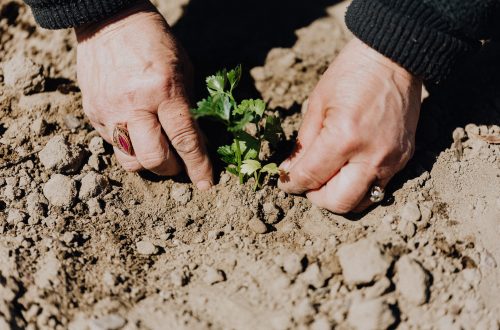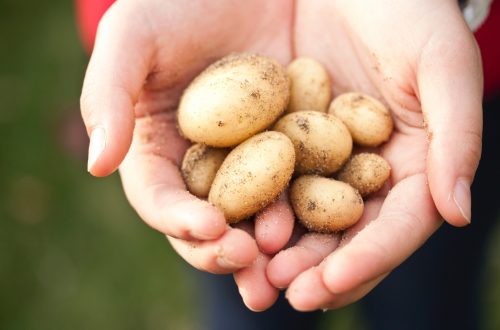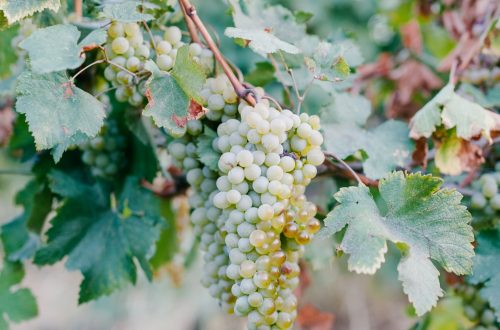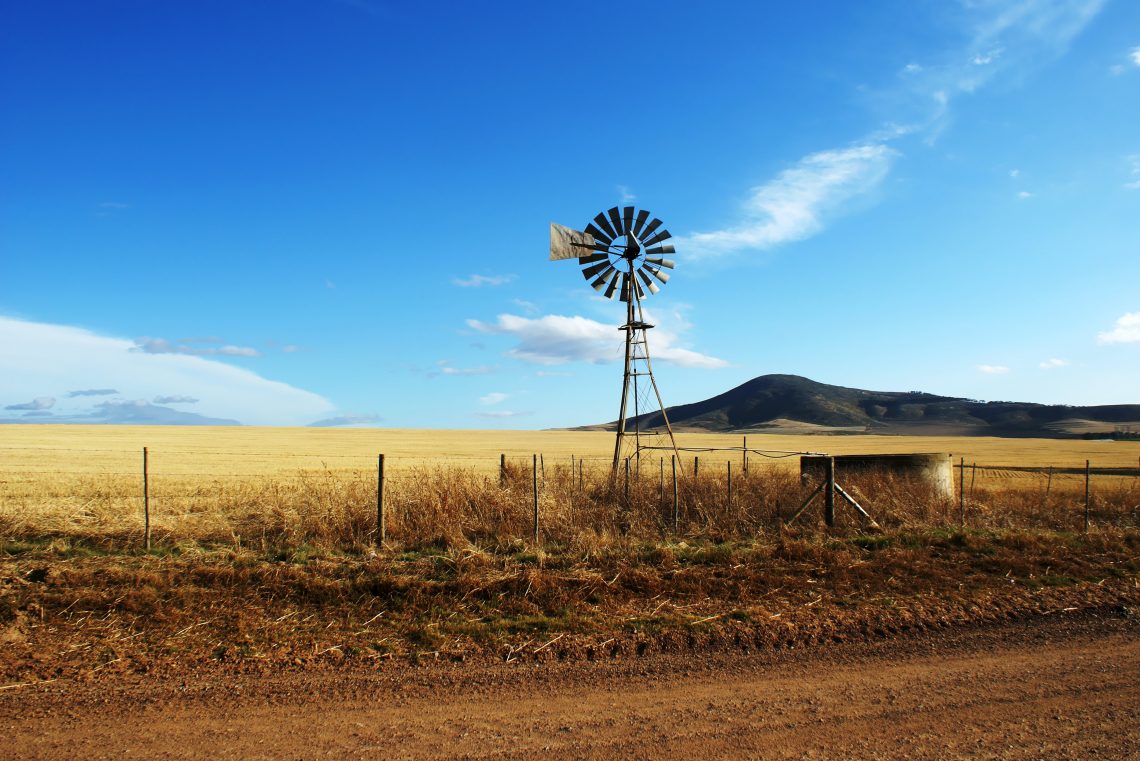
Some Difficult Soils For Agriculture
Farming on stony soils
Soils with a high amount of stones limit the natural growth of plants at the same time that they make it difficult to obtain food and cause deformations in their stems. Besides, these tend to have little permeability and have a notable mineral deficiency that makes them unattractive for agricultural work.
The first thing to do in this type of terrain is to remove the excess stones. Once the larger diameter ones are removed, the rest can be sifted with a mesh to filter out smaller ones. Subsequently, new soil or compost must be incorporated to create a fertile substrate. As the different plantings take place, a greater number of stones will be eliminated and the soil conditions will improve.
Agriculture on sandy soils
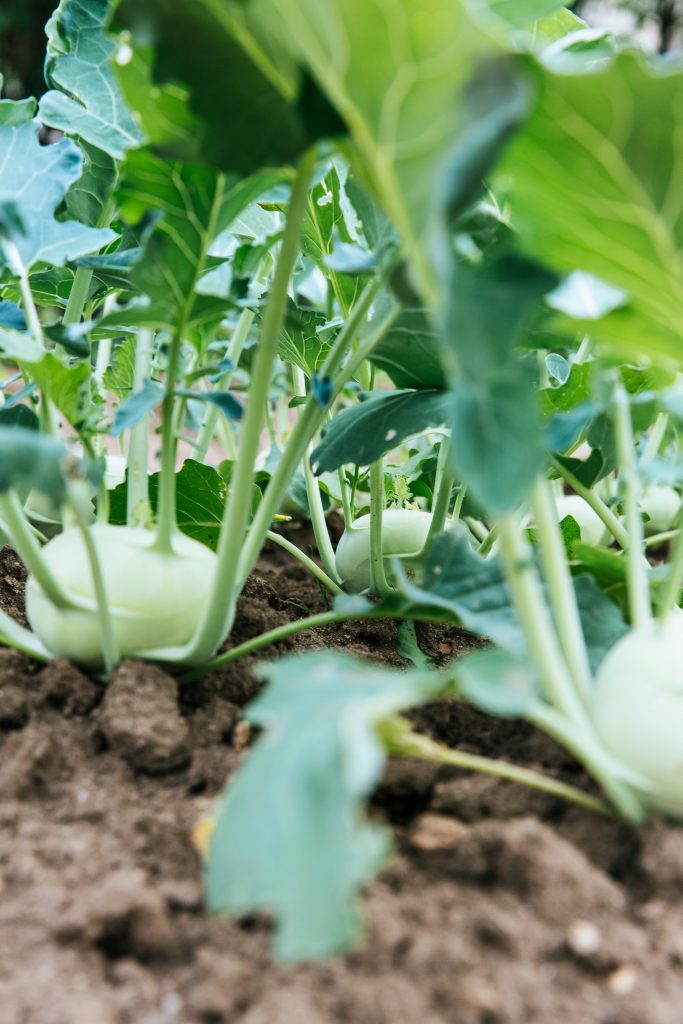
This type of land has a low degree of water and nutrient retention. Although when we talk about them we immediately think of a desert, soil can be sandy on several levels. The best way to identify them is to wet a handful of their soil and try to pack it in your hand. If the earth slides through the fingers, we have sandy soil.
Agriculture in alkaline soils
It has always been said that in agriculture the soil should not be too acidic or too alkaline. In this sense, alkaline soils are those that show a pH level above the average; this fact favors a slow permeability and prevents the good absorption of nutrients. In many cases, the water that falls on alkaline soils stagnates on the surface, making them good receptors for grass plants or rice fields.
Agriculture on acid soils
Unlike in the previous case, these soils stand out for having a Ph level lower than the average that is responsible for the decrease in their fertility. The main action to treat them is to increase their calcium level through a process called “liming.”
The liming of acid soils favor an increase in the level of hydrogen in them. This facilitates the presence of microorganisms and bacteria that, ultimately, will be responsible for the necessary nutrient supply. This process can be easily accomplished by incorporating products such as agricultural lime, calcium oxide, calcium hydroxide, dolomitic lime, or magnesium oxide.
Physical characteristics
Unlike sandy soil, clay has very small particles with a tiny pore or micro-pore spaces. Since there are more pore spaces, clay has a larger overall total pore space than sandy soil, due to which the soil absorbs and holds more water. This makes it poorly aerated and poor drainage. Even when the soil dries, the fine texture of its particles causes them to clump together or form clouds. This makes it very difficult to work with, hence the term “heavy soil.” The term “heavy” or “light” refers to the level of ease with which it can be worked and does not indicate its weight.
Expansion and contraction property
Since clay soils have a high water-holding capacity, they are prone to alternating contraction and expansion in winters when the land suffers from the cold. This expansion and contraction create “churning” by which plants are pushed out of the ground, often to the detriment of roots. When clay soil dries out, it forms a crust and cracks, inhibiting root penetration and sprouting. Soil cracking damages roots and other parts of plants.



